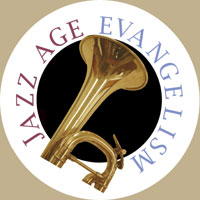

|
Read more on
|
The Tabernacle was a means of Godís grace to many thousands of people. The seeds planted there in the 1920s and 30s played a great, immeasurable part in shaping American Evangelicalism in the 1940s and 50s and even the present. At the Tabernacle were pioneered ways to present the Gospel to an increasing secularized and frantic culture, a contribution that was largely unacknowledged in later years.
From the people who attended the Tabernacle as well as the staff would come Christian workers of the next generation, such as Torrey Johnson, Peter Deyneka and Merrill Dunlop. And for many, many others, the memory of the boldness and experimentation with methods learned at the Tab set their expectations for their next churches as well as their own Christian walk.
Still, one man, Paul Rader, was central to the Tabernacle. But Raderís example was two-edged. The flexibility he embodied could lead to pragmatism as the master, not a servant. And his style of charismatic leadership could result in churches built around leaders and not God. His eagerness to grasp opportunities ultimately led to over-extension and a downfall that hurt many. He was a bold, energetic and loving proclaimer of the Good News in a sinful world and his weaknesses were the counterpart of his strengths. When he faced His Master, whatever sins he had to be forgiven, burying the talents he had been given was not among them.